These days, the popular image of ghost hunters is influenced by primarily American paranormal TV shows of alpha personalities dripping in gadgets and gritty determination to see off the surprisingly large number of demonic entities they encounter. But ghost hunting and investigation into haunting hasn’t always been like that. Here MJ STEEL COLLINS looks at some classic ghost hunters from earlier eras.
Here are greatest ghost hunters:
Catherine Crowe (1803–1876)
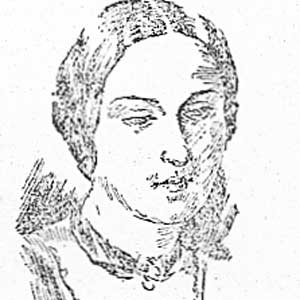
Arguably, the person who started it all, Catherine Crowe wasn’t given to staking out haunted houses, but collected all kinds of spooky tales that made up her groundbreaking book, The Nightside of Nature, published in 1848.
The book is a veritable cornucopia of apparitions, haunting, premonitions and strange dreams. It wasn’t just a collection of strange stories, though. Mrs Crowe also called on science to get down from its high horse and take psychical research seriously. Her book remains influential today.
F W H Myers (1843–1901)
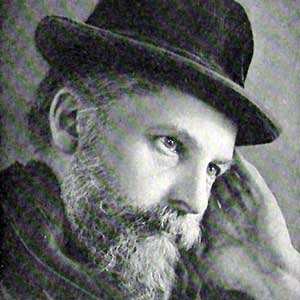
Along with Henry Sidgewick, Frank Podmore and Edmund Gurney, F W H Myers was a founding member of the Society for Psychical Research (SPR), established in 1882 as one of the first organisations to investigate psychic phenomena in serious, scientific manner.
Myers was a student at Cambridge, and whilst there, was a member of the Cambridge University Ghost Club. His research was extensive, from investigating mediums in the 1860s, to Phantasms of the Living, co-written with Frank Podmore in 1886. The extensive book was a study of apparitional sightings.
His classic Human Personality and its Survival of Bodily Death was published posthumously in 1903, comprising of his findings via investigations through the SPR.
Elliott O’Donnell (1872–1965)
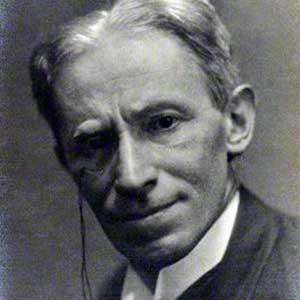
Born in Ireland, O’Donnell lived in America and Britain; he worked variously as a Chicago cop, school teacher, World War I soldier, actor, and later author.
Ghosts featured heavily in his life from an early age: at five, he saw an apparition open his nursery door and enter the room just after he had been put to bed. Even earlier than that, when he was six months old, his family home was plagued by a haunting.
Around the same time, his father had been robbed and murdered in Egypt. Ghosts never seemed to be far away throughout the duration of O’Donnell’s long life, as recounted in his books. One colourful early experience has him being strangled by an entity in Dublin.
Read more about Elliot O’Donnell.
Harry Price (1881-1948)
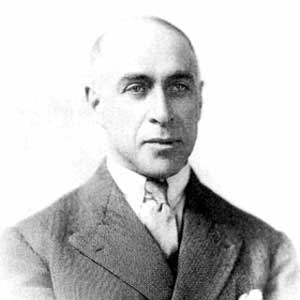
Price is a highly-controversial figure as some regard him as a fraud interested only in self publicity, whilst others see him as a pioneer. He is most commonly associated with the famous Borley Rectory case, The Ghost Club, and the establishment of the National Laboratory of Psychical Research.
Price was involved in numerous famous cases, including investigating Helen Duncan, the last woman tried under witchcraft laws during World War II; Gef the talking Mongoose from the Isle of Man; and the R101 case, in which spirits of those killed in the airship disaster, came through to medium Eileen Garrett at a séance arranged by Price, 60 hours after the disaster in October 1930.
For all the accusations of his fakery, Price also debunked several instances of alleged paranormality.
Andrew Green (1927–2004)
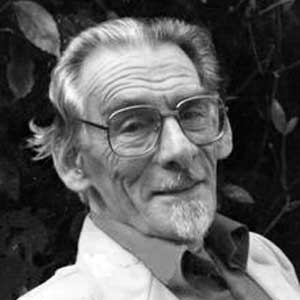
Green’s ghost hunting career was almost over before it begun. A teenage ghost enthusiast during World War II, his father, an air raid warden, took him to see 16 Montpelier Road in Ealing, London, a house with a reputation as haunted.
Several suicides had taken place at the address. Whilst on the roof, Green had an urge to look over the parapet, and was saved from falling 70 feet to his death when his father suddenly appeared and pulled him back.
From then, Green was an active investigator, known as The Spectre Inspector. He carried out several investigations, and advanced scientific methodology.
Green founded the Ealing Psychical Research Society, co-founded the Lewisham Psychical Research Society and the National Federation of Psychical Research Societies, as well as being a member of the SPR. He lectured extensively, wrote several books and lived in a reputedly haunted 18th century Sussex cottage.
Peter Underwood (1923 – 2014)
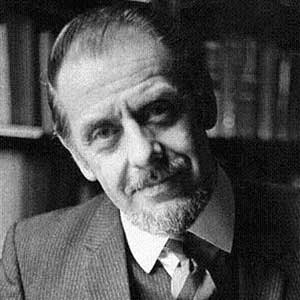
Crowned ‘King of the Ghost Hunters’, Peter Underwood was perhaps the most prolific researcher and investigator of ghosts in the 20th century, in a career spanning over 70 years. His interest was sparked during childhood, and by the 1940s was corresponding with Harry Price, who invited him to join the Ghost Club.
Underwood was involved in researching Borley Rectory, and was the last person to have interviewed everyone involved in the case. He was involved in the revival of the Ghost Club following Harry Price’s death.
Underwood was a rather pragmatic ghost hunter, acknowledging that there were some instances of genuine phenomenon, but also uncovered some fakes.
The most amusing, and poignant, was perhaps the man who had rigged his armchair to play ‘ghostly music’ in various rooms of his house, which had other investigators convinced.
Apparently, the man was lonely and enjoyed the attention. A prolific author, Underwood wrote about 53 books and corresponded widely with others (including myself) on the topic of ghosts.
What do you think of our choices? Tell us in the comments section below!
READ: F G Lee, resurrecting a neglected British ghost hunter






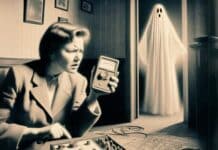

Please don’t put the over dramatic fiction writer O’Donell in with the rest of these ‘Giants’ – otherwise a good article .
What no Zack Bagens !!
I would with John about O’Donnell and would substitute Tony Cornell. I’d go as far as to suggest there are some earlier investigators who were highly influential too; Daniel Defoe for example.
What no Steven Parsons ? 😉
No John Fraser either :)!!
William James needs to be on this list
While I’m a devoutly sceptical researcher myself, O’ Donnell would certainly stand as one of my greatest influences… as would Green and Underwood. However, as for a suggestion of ‘Greatest Ghost Hunters’, I don’t think any of the above should probably be on the suggested list? (Also, to cast aspersions at O’ Donnell and not question the likes of Price and Underwood – let alone ascribe the word ‘Giants’ to them!? Well….. really?)
Nice article, but O’Donnell was not born in Ireland. And he most certainly was never a WW1 soldier, though his brother was a Brigadier in the British Army. Nor was he a cop in America. It has also been claimed that he was a cowboy, although he could barely stay on the saddle. Due to his reticence about certain things and a dearth of Biographical details, many canards about him have been accepted as gospel. Nicholas Duffy makes a good point about Price
Nice to see Crowe and Greene in the Honours list.